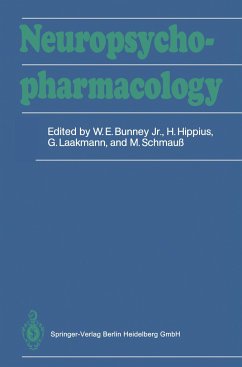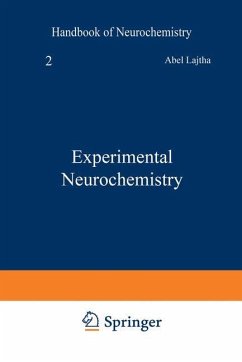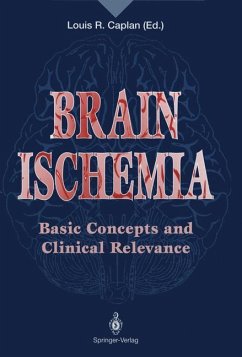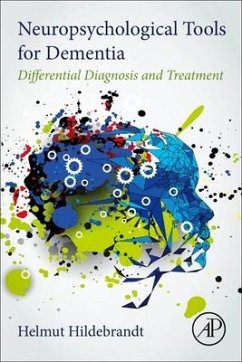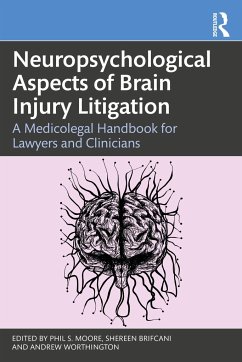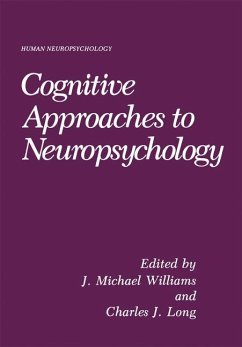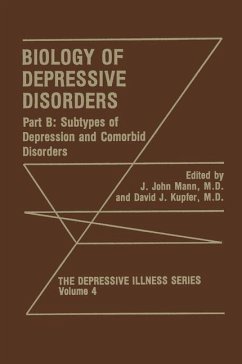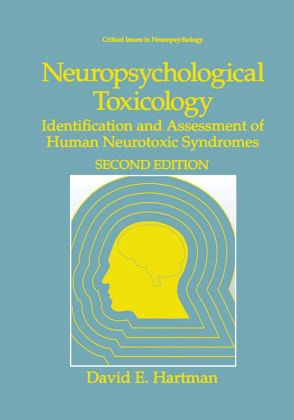
Neuropsychological Toxicology
Identification and Assessment of Human Neurotoxic Syndromes

PAYBACK Punkte
77 °P sammeln!
Greatly revised, the Second Edition presents an extended survey of this rapidly growing field. The book reviews the effects of industrial and pharmaceutical chemicals on human behavior, cognitive function, and emotional status. Features include two new chapters addressing key forensic issues and recent views on multiple chemical sensitivity, sick building syndrome, and psychosomatic disorders; current data on NIOSH and OSHA exposure levels for industrial toxins; and enhanced coverage of testing methods; studies of PET, SPECT, and BEAM imaging applied to neurotoxic exposure.






